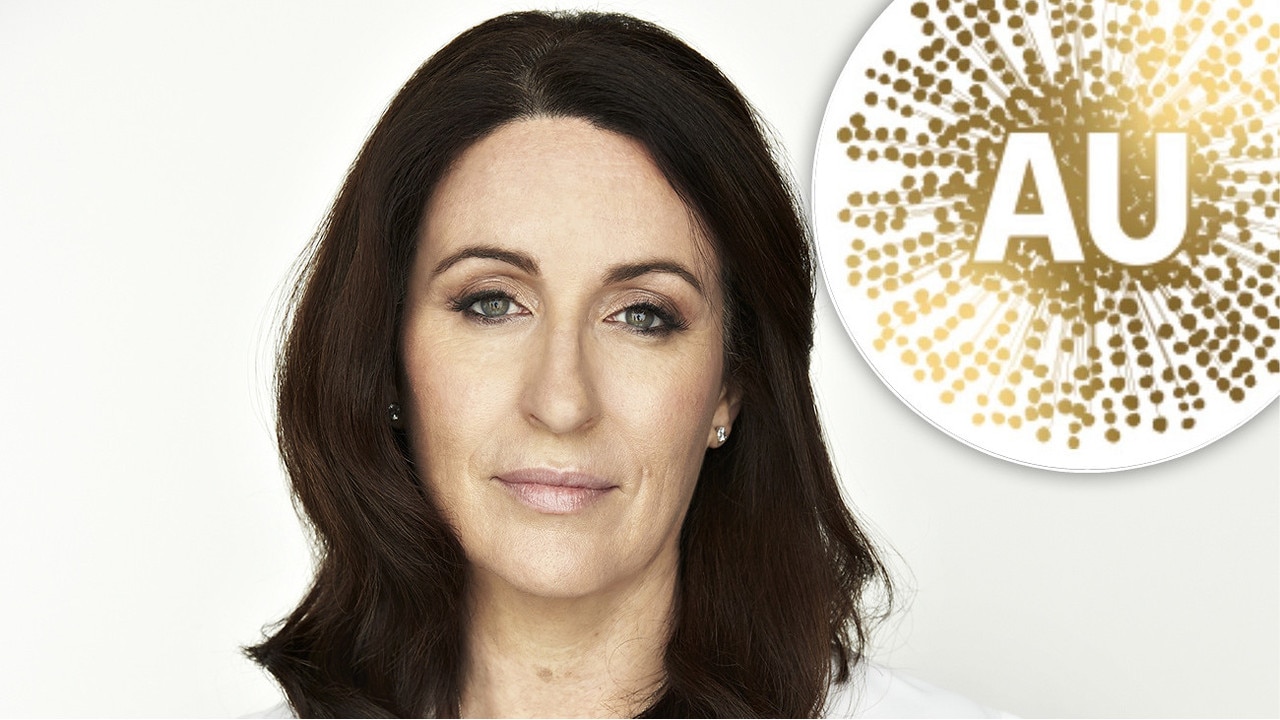Glenys Heyward: Still haunted by the story after 10 years, journalist Kate Kyriacou says
I’VE confronted cancer frauds, conmen, murderers and paedophiles, but of these horrific cases, there is one that I think of nearly every day, more than 10 years on, writes Kate Kyriacou.
YOU see the world through different eyes in this strange and terrible job of ours.
You see the best of people and the absolute worst. And you see the million shades of grey in between.
I was in my early 20s when I covered a story about a little boy who’d died in suspicious circumstances. His body had been hidden in a rubbish dump — cadaver dogs finding nothing but a few bones when their handlers walked them through the site.
It was a hard lesson, that case. I’d spoken to a detective about listening devices they’d placed in the child’s home after his death. They’d picked up nothing of interest.
“People don’t talk about something when they don’t care about it,” the police officer told me. “What?” I’d said, uncomprehending. He’d said it matter-of-fact. No emotion at all. It was a reality they dealt with all the time.
Since then I’ve confronted cancer frauds, conmen, murderers and paedophiles. I’ve stood at the site of terrible crashes, halting halfway through a question to ask the police officer on scene: “Is that someone’s scalp at our feet?”. He’d nodded. “Sorry,” he’d said.
I’ve been on the phone to a man whose sister had been murdered. “What kind of person cuts off an old lady’s head?” he’d asked me. What kind of answer can you give to a question like that?
I’ve been shouted at, threatened, sent letters threatening court action. Like many of my journalist colleagues, I’ve jumped between photographers and angry people outside court, fists raised, faces red. I’ve been hit. Once a woman punched me in the face — inside a courtroom — as I took notes about her drug dealer son. The judge paused in his sentencing remarks while detectives dragged her out. They’d wanted to charge her but I wasn’t hurt. I’d told them it was obviously a tough day for her.
But of all the cases, all the horror, there is one that I think about all the time. Nearly every day — despite it happening more than 10 years ago.
If you’ve ever asked yourself why someone in a domestic violence relationship doesn’t just walk away, the murder of Glenys Heyward should give some insight into a simple truth: it’s never that simple.
It was 2007 and I’d been working on a piece for upcoming National Missing Persons Week. I’d asked police in South Australia to suggest a case for me to focus on — a case that could benefit from some publicity.
They’d suggested one, but then, at the last minute, told me about a woman who had disappeared in strange circumstances a couple of days earlier. Glenys Heyward, 53, had been due to go on a holiday with her new partner. Her bags had been packed and left by the front door. And then she went missing from her hometown of Mount Gambier, in South Australia, towards the Victorian border.
READ MORE FROM KATE KYRIACOU AND OTHER NEWS CORP CRIME WRITERS AT TRUE CRIME AUSTRALIA

As the weeks and months passed, it emerged that Glenys Heyward had been in a violent relationship with her former de facto partner — and father of her two sons — for many years.
It was so horribly violent that I can still remember some of the stories locals told us at the time. He’d tie her to trees, to the clothesline, and she’d stay there all day, for fear of what he’d do should he return and find her free.
He’d beat her and brag about it, saying he’d given her a “good going over”.
And so, eventually, she left him. She did it carefully. She tried to be smart about it. She took a few items of clothing at a time and left them with a friend. Stockpiling. Preparing. And when her boys were adults, and no longer needed her protection, she fled.
At first she went into hiding. She stayed with friends, on a farm, and worked on the property in return for their kindness. She must have thought she was safe. She met a new man and tried to move on with her life.
But her youngest son, Matthew, would lure her out of hiding. A dinner invite and a request to catch up, having not seen her in some time. After dinner, he took her to an abandoned childcare centre, claiming it was a house he was looking to buy. But inside, waiting for her, was her former partner, Neil Heyward.

She must have known what he would do, what he’d planned. He kicked her in the face, full force. She hit the ground hard, looked up at him, her nose broken, and said: “I hope you’re proud.”
But appealing to the emotions of someone who has none never works. Glenys Heyward was beaten, wrapped in curtains and stuffed into a wheelie bin. From there, the father of her children drove her over the border, into rural Victoria, and buried the bin in a septic pit.
Murdered by an evil, sadistic man and betrayed by the son she’d trusted.
I think about this case all the time. I think about calling Neil when Glenys first went missing, about him spitting venom down the line, claiming his wife had “run off”; that she was suicidal; that she’d run off before. His voice was cold. It was contempt. It was anger at my intrusion. There was none of the concern, the stress, the worry you’d normally hear when inquiring about a missing person.
The investigation went on for months and I travelled several times to Mount Gambier to write about Glenys’ disappearance. A photographer and I tailed him through the backstreets, to an industrial area, where he walked inside a strange little shopfront carrying a pair of bolt cutters.
I waited outside, along the fence line, for him to emerge. But my photographer, from a different vantage point, could see something I couldn’t — and waved madly at me from the car.
I stepped forward to see the sign on the front of the building. It was a gun shop. “We’re here now,” I’d said, and continued the wait.

“Neil,” I said, as he emerged, carrying something in a piece of cloth (what it was we’ll never know), “are you still maintaining that Glenys took her own life?”.
He ignored me. I walked with him towards his car. “Because,” I continued, “a lot of people think you had something to do with her disappearance.”
He got into his big 4WD without a word, revved the engine and floored it towards me. I stood where I was, on the footpath, certain he wouldn’t run me over. But every metre the big car gained, I lost more of that certainty. By the time I’d decided he was about to run me over, I could only think about not giving him the satisfaction of running from his path.
I stood my ground. The 4WD passed me by, the big motor roaring just centimetres from my face.
Both of Neil’s sons were arrested. The youngest, Matthew, would be found guilty of murder. The eldest, Thomas, was also charged with murder, but it was later withdrawn.
When it came time to arrest Neil, police discovered he’d run away. They would eventually find him, holed up in a house at a beachside holiday town. We waited out the siege, later learning that Neil had spent the siege impaling himself on a knife.
Specialist officers dragged him out and he was rushed to hospital. And that’s the thing I’ll never forget. Crowded at the back of an ambulance, as it reversed up to the hospital doors, the paramedics who had been tasked to save this monster, this evil man, this murderer, were genuinely distressed at the media pack waiting for a shot of a bloodied Neil Heyward.

“Get them out of here,” a paramedic shouted. And then, gently, more gently than this man deserved, he said: “It’s OK mate, you’re going to be OK.”
And there it was. The good and the evil. Right there. The most evil of men. A man who’d kicked a woman in the face, tied her to a clothesline, buried her alive. And another man who didn’t care about any of that. A man whose job it was to save, to help. And he’d do it, no matter who the patient was.
Neil Heyward wouldn’t stand trial for the murder of his de facto partner. A woman who had been terrified he’d kill her should she ever leave him. And she’d been right.
He took his own life in jail, leaving his son to serve a life sentence for the crime he’d orchestrated.
Kate Kyriacou is crime and courts editor for the Courier-Mail.


